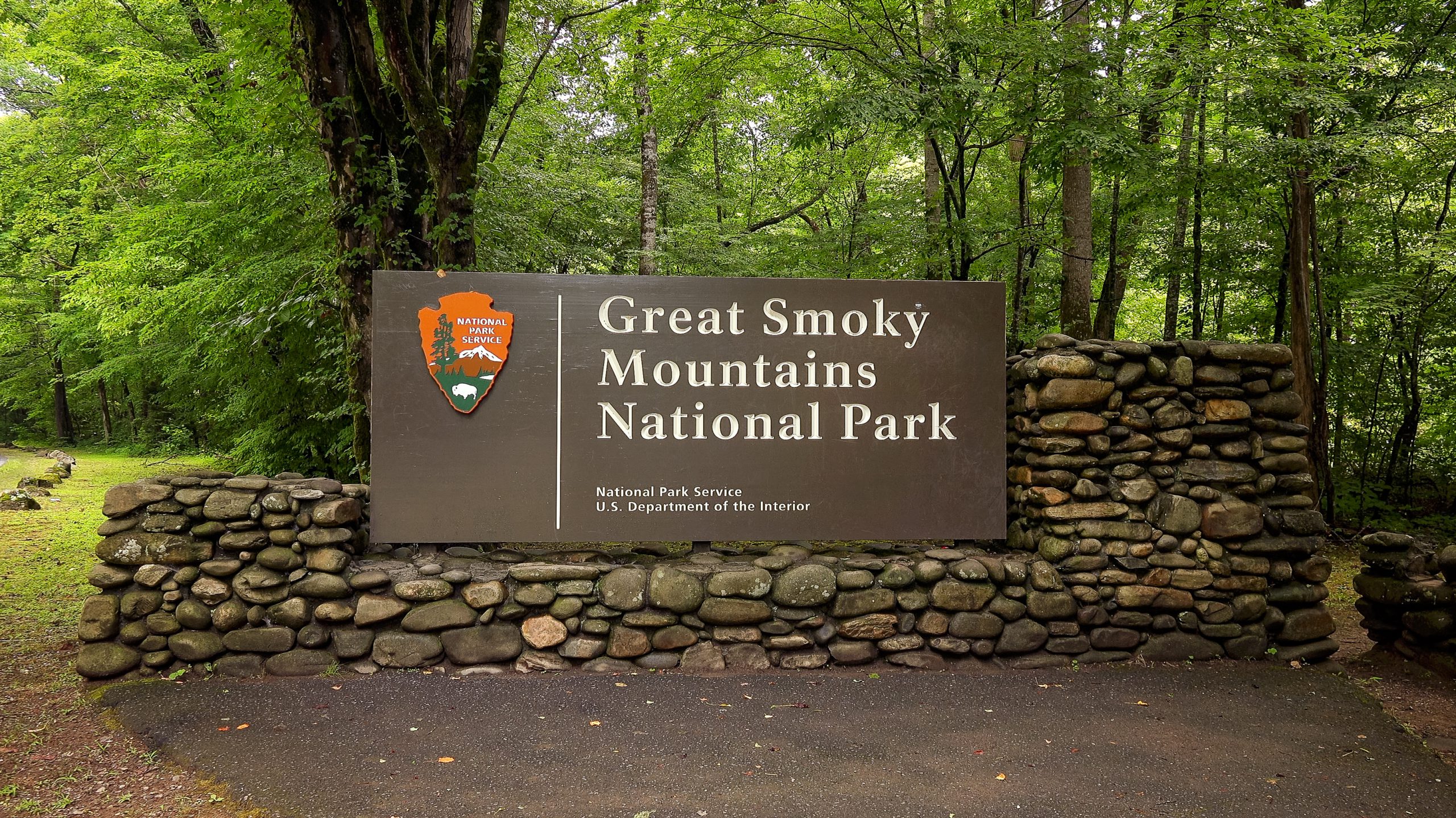
Here we go again.
As the new school year beckons, we are hearing the familiar refrains from August 2020 about a series of binary choices. Virtual versus live instruction. Masks or no masks. Vaccine requirements or not. While I’ll leave it to the public health experts to give guidance on these decisions, I’m afraid that we are again limiting the discussion about what we can actually do to enhance education as we navigate the evolving landscape. How can we use the lessons of the pandemic to expand the way we think about experiential education?
Let me give you an example. Over the last three years, I’ve become increasingly excited about a jewel in our region of the United States called the Great Smoky Mountains Institute at Tremont. Nestled in the nation’s most visited National Park, it has an over fifty-year history of bringing students face to face with all types of learning outcomes supported by the ecosystem of the park. Obviously, subjects like science are enhanced brilliantly through the lens of the area’s plant and animal life, but math, engineering and even the humanities take on a different energy when students get to experience these topics “in action” rather than seeing them simply described on a screen or in the pages of a textbook.
Experiential learning like I’ve observed at places like Tremont also builds a different kind of social skill as students learn to share observations and perspectives. Explaining the concepts of color or the construction of natural habitats requires the ability to tell stories differently and forces students to draw on different senses. It also allows students to learn how we each react differently to obstacles or impediments that we encounter in the act of “doing.”
The pandemic has forced us outside. It has given us the opportunity to think differently about how we define a classroom. However, my hope is that as we go into the second full school year shaped by COVID that we wouldn’t simply return to the usual series of choices. Rather, let’s ask ourselves, “How can we transform where we learn?” How do we deconstruct the typical classroom and find innovative spaces for experience and engagement?
And, it doesn’t just apply to K-12 classrooms. Adult education is continuing its transformation. With many firms holding back on plans to bring people back into the office and delaying the return of large event-based learning, we’re rethinking ways that entire cities become classrooms and thinking of new ways for adult learners to find their own individual, surprising spaces for learning, reflection, and action planning.
It’s exciting to see places like Tremont decide to do the same thing. Their anticipated Second Campus will allow for learners of all ages to come to a new type of sustainable learning lab for all types of curricula. How can the ecosystem of the Smokies be used for spurring new innovation models or reimagining the supply chain? These are the kinds of possibilities that will be explored in the new campus.
So, ask yourself, what are the spaces around me that might transform the way my kids or I will learn differently? Then, simply go out and try using them differently to expand the walls of a traditional classroom. Those elastic, ever changing definitions of the kinds of spaces we use to learn may be the greatest thing that comes out of this school year.